Today, on the very first International Dylan Day, we explore some of the places that inspired Wales’s most famous son, Dylan Thomas, on a tour of one of the prettiest regions of Britain.
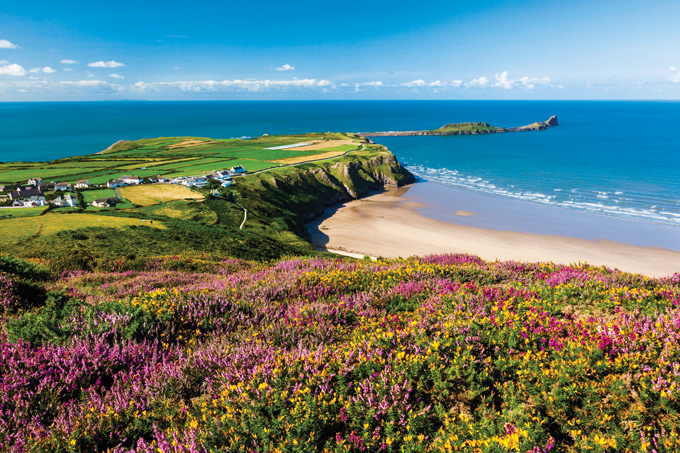
A maverick certainly, Dylan Thomas is still something of an enigma. The history books may paint him as a drinker, a smoker and a philanderer – a character he often played up to. But talk to those who have studied him closest and a different side of his character emerges, one of a mild drinker more likely to be nursing half a pint as he observed the goings on of his fellow patrons than mindlessly necking whiskies; a man deeply rooted to his early life in Swansea and the Gower Peninsula.
Swansea is rightly proud of its most famous export, born in the upmarket Uplands area of the city in 1914 to a teacher father and a seamstress mother. It was in his childhood home of 5 Cwmdonkin Drive that he wrote much of the poetry for which he would become famous, such as his 18 Poems, and his beloved playground of Cwmdonkin Park – which lies opposite the house – inspired much of his later work. It is in this house that you get the greatest sense of the man behind the myth.

Thanks to careful restoration under the watchful eye of present owner, Geoff Haden, the house has been returned to how it would have been when Dylan lived here with his parents and his sister, Nancy. You can take a tour of the house, attend one of the regular literary events, or book a seat at a dinner party to try traditional dishes that Dylan’s mother would have served him. You’ll be in good company, too – Prince Charles took tea here in 2012. Visitors can even rent the house for the night and choose between staying in the ‘best’ room (where Dylan was born shortly after the family purchased the house), his sister Nancy’s snug twin room or his parents’ cosy back room.
While many of the rooms are elegantly decorated in the fashion of the Edwardian time, the poet’s bedroom has been created with all the dinginess of a writer in the throws of his work. A half-drunk bourbon sits by a scribbled note, while a box of 50 Player’s cigarettes (the type given to Dylan by his first girlfriend, Pamela Hansford Johnson) sits near a copy of the Koran. Standing in this crammed room, it’s easy to imagine that Dylan could come sauntering in at any moment. In his letters Dylan described his “untidy bedroom, surrounded with books and papers, full of the unhealthy smell of very bad tobacco” and it is this chaos that is brought so brilliantly to life.
In Cwmdonkin Park, which Dylan described as his “world within the world of the sea town” there is a memorial plaque to Dylan erected by his close friend and fellow poet Vernon Watkins. Watkins paid for the plaque with a cheque he received from two elderly ladies (and Dylan fans) who ran Caedman Press in the US, and the words inscribed on it are from his poem Fern Hill.
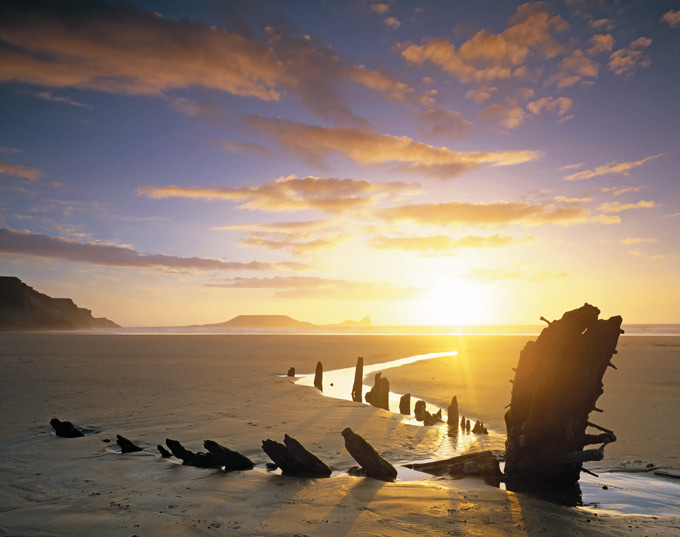
Dylan was said to frequent many of the taverns and inns of Swansea – including the nearby Uplands Tavern, which still has a ‘Dylan Thomas Snug’ – as well as The Antelope and The Mermaid Hotel in Mumbles (sadly neither of these latter pubs exist anymore). It was at Swansea Little Theatre, which once lay between these two hostelries in the quaint fishing suburb of Mumbles, that Dylan is said to have learned to project his voice; a skill he would later put to great use in his famous BBC recordings. Today Swansea Little Theatre is located in Swansea’s Maritime Quarter and has a permanent exhibition on Dylan’s early years.
The Gower Peninsula, which stretches along the coastline for some 39 miles (63km), was made the UK’s first Area of Outstanding Natural Beauty in 1956 and is a gloriously open and tranquil part of the country, where ponies run wild and the beaches bedazzle.
Dylan wrote often of Rhossili – regularly voted Britain’s best beach – and the nearby promontory of Worm’s Head, which becomes cut off from the mainland at high tide; a fact that Dylan is thought to have overlooked on more than one occasion.
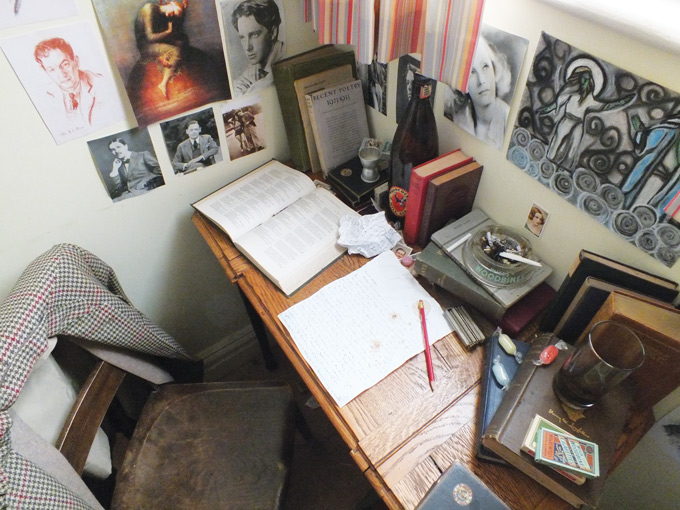
In Who Do You Wish Was With Us, Thomas wrote of two boys who get cut off by the tide, and many believe the tale was inspired by an experience he had with Watkins when they had to walk through the night to get back home to Swansea, having missed the local bus.
But these minor blips didn’t put off Dylan, who often caught the bus out to Gower and camped at various beaches. In an Extraordinary Cough he wrote: “We were going to camp for a fortnight in Rhossili, in a field above the sweeping five-mile beach.”
Once Dylan had married Caitlin – who he incidentally met and fell in love with in The Wheatsheaf Pub on Rathbone Place, London – they would often return to Rhossili. Later, when he and Caitlin had moved to Laugharne, Carmarthenshire, home to Dylan’s Boathouse and Writing Shed and he was travelling back and forth from the US, he was said to have considered a move to the nearby village but ruled it out when he realised that it didn’t have a pub.
Rhossili Bay is home to the wreck of the Norwegian ship Helvetia, which was swept ashore following mighty storms in 1887; a haunting sight for visitors but one that won’t be around forever, as the sea greedily feeds on its remains year after year.
If you are careful with the tides then the energetic among you can walk out to Worm’s Head, which Dylan described as lying “at the end of the humped and serpentine body” or you can take the lazy option and stop for a drink at The Worm’s Head Hotel, which is one of the best beachside bars we’ve ever seen.
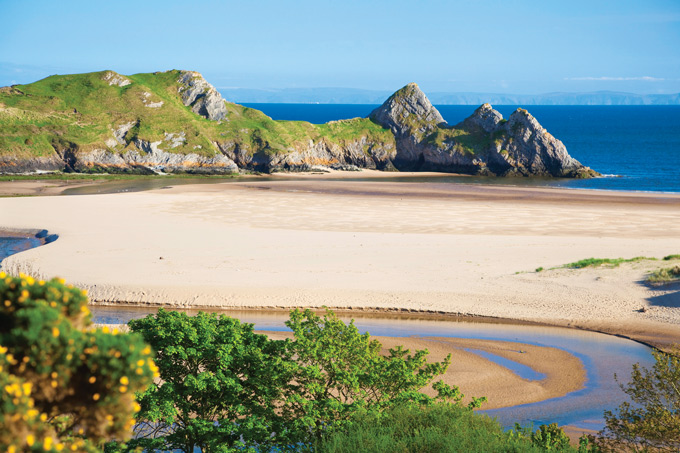
Nearby Three Cliffs Bay is as wild a scene of natural beauty as you’ll find. It gets its name from the three limestone crags that jut out to sea and the combination of the rocks, the sand dunes and the salt marsh create a magical scene of nature busily grafting.
For total seclusion head to pebbly Pwlldu Bay, only accessible by footpath, which offers some of the best bird-watching in the region. Alternatively, Oxwich Bay is a charming beach that’s well worth a visit.
On his bus back from Rhossili (when he did manage to catch it) Dylan would have passed the sandstone heath ridge of Cefn Bryn, which offers the best views over Gower. Here you will find Arthur’s Stone, a Neolithic burial tomb that dates back to 2,500 BC, which takes some finding but has links to local folklore. The large boulder sits precariously on some smaller stones and next to it lies a huge section, which became detached at some point in the 17th century. It has long drawn travellers – records show that King Henry VII’s troops took an 80-mile (128km) detour from Milford Haven on the way to the Battle of Bosworth Field to visit the stone.

One legend – which gives the stone its modern name – is that King Arthur found a rock in his shoe and threw it from Carmarthenshire to Cefn Bryn. Having been touched by King Arthur’s hand, the stone grew to gigantic proportions, the surrounding stones raising it high in their admiration.
If you manage to find the stone then you might want to celebrate with a hearty meal at the King Arthur Hotel in Reynoldston, where you can try local ale and British pub classics with a local twist, such as laverbread (a Welsh delicacy made of seaweed) with cockles and bacon. We’re sure Dylan would have approved.
Related articlesBritain’s top 10 places in Wales |
Click here to subscribe!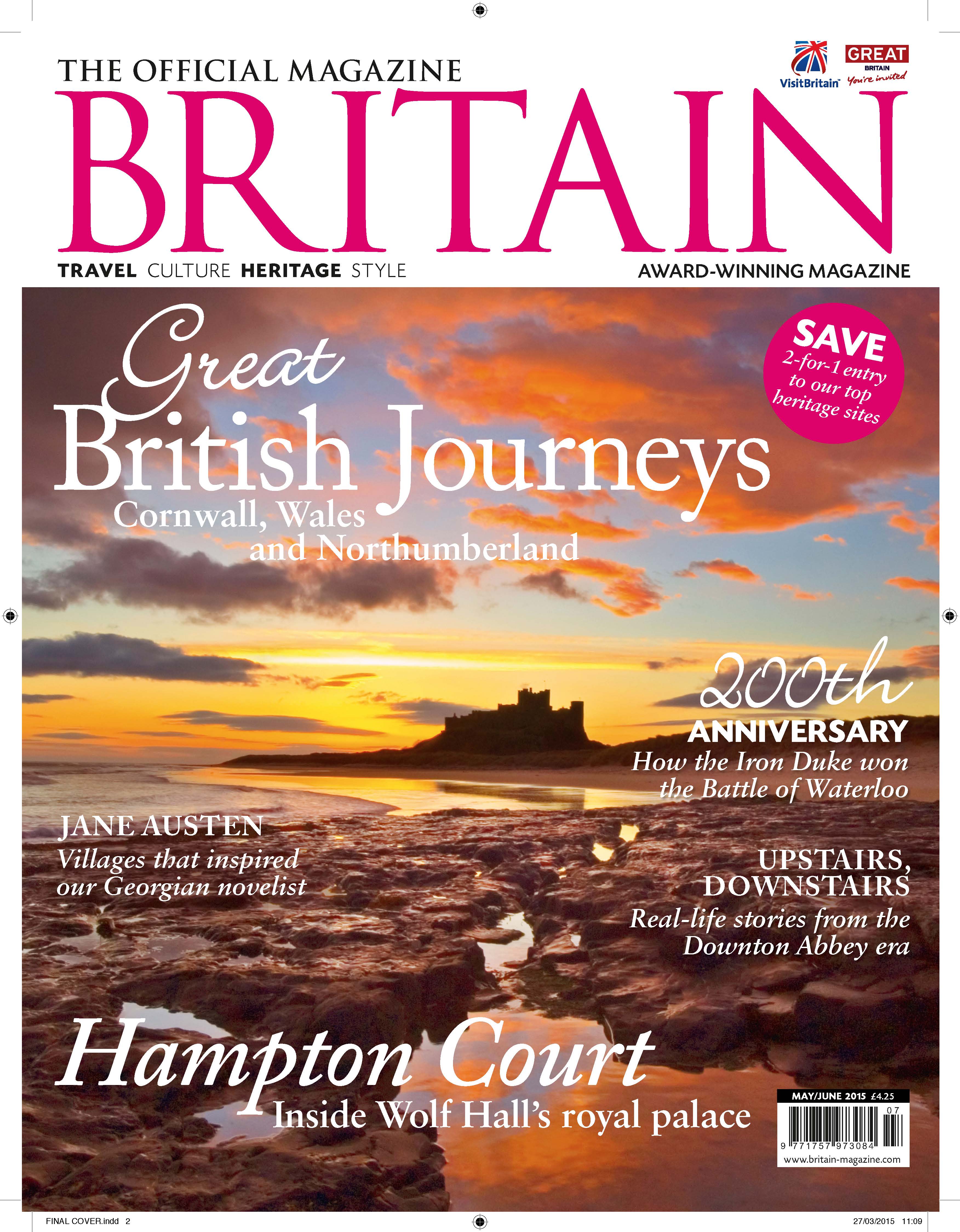 |
|
|||||||||||||||||







 © 2024
© 2024